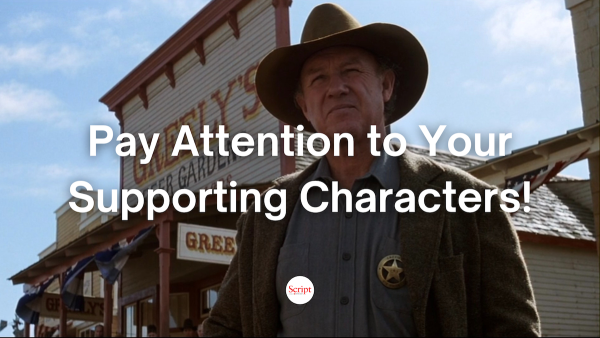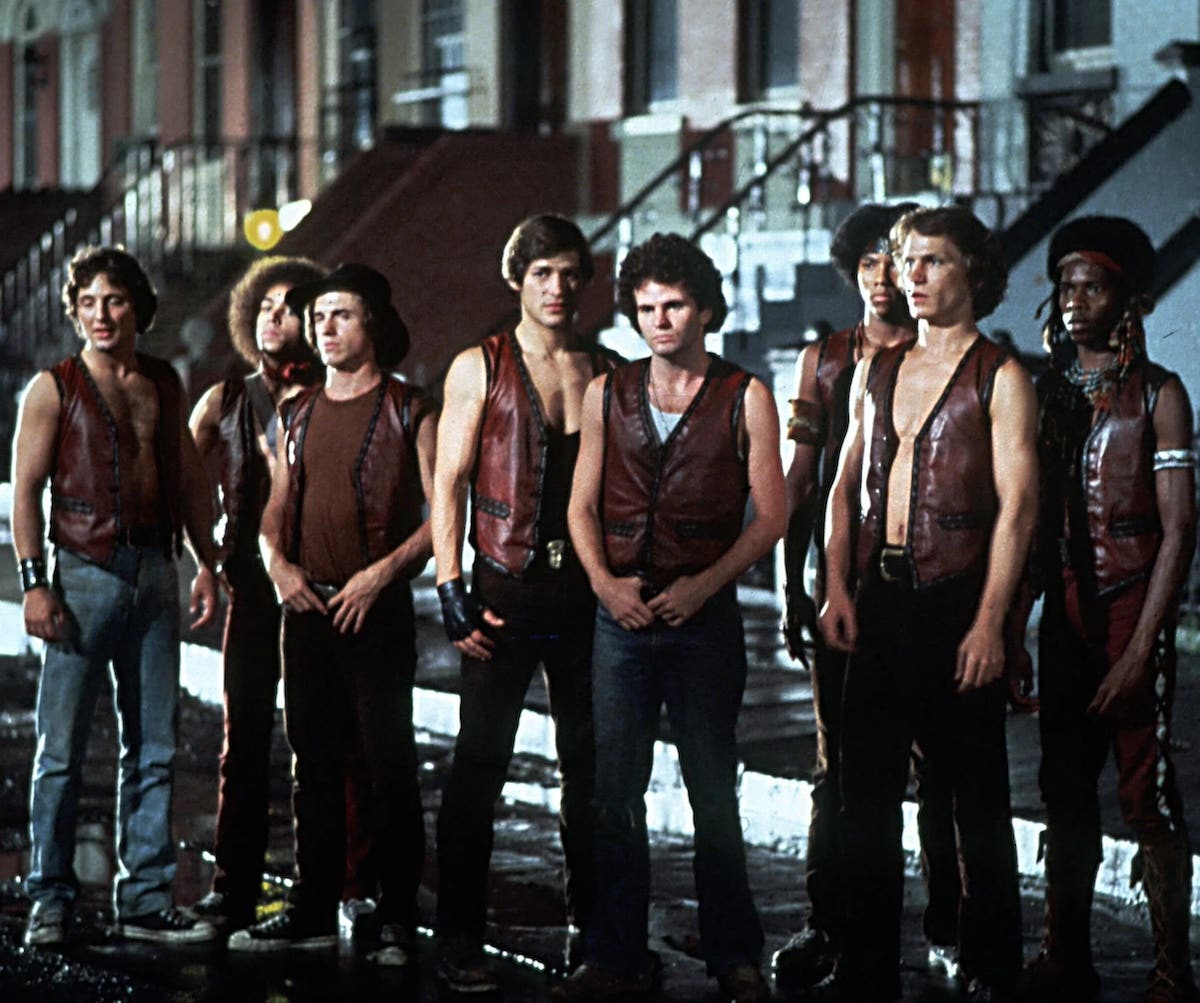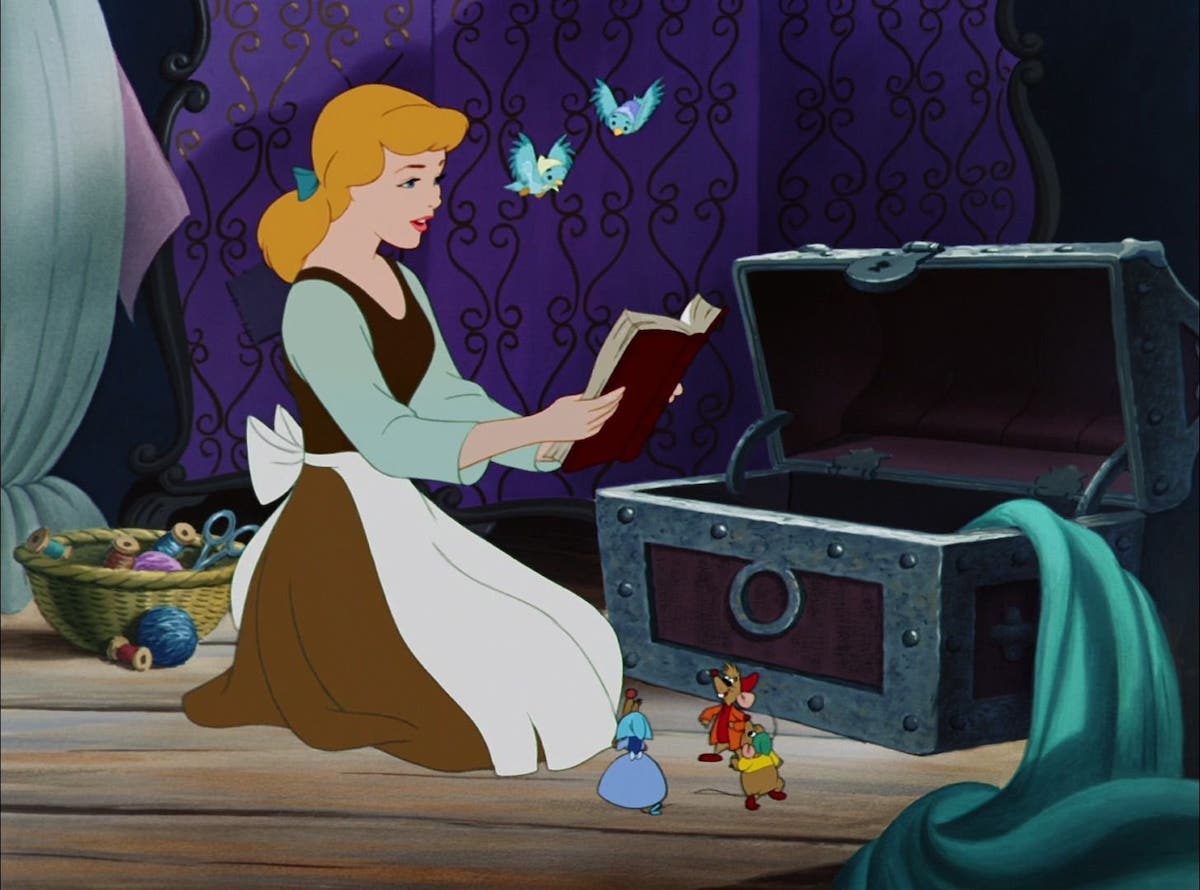Jeanne’s Tuesday Screenwriting Tips: Outlining a Script
Jeanne Veillette Bowerman explores different techniques for outlining a script to help you find one that works best for you.
To outline or not to outline a script? That is the eternal question for writers. At least it is for some, but not for me. (Well, maybe the real eternal question is how do I get paid to write, but we'll leave that for another day.) Because I am the kind of chick who needs a plan, outlines are always the foundations of my projects, especially when working with a writing partner.
You can find plot development tips in many places, but implementing them is another story. The first step is to breathe. You are not alone. Many writers struggle with starting projects, myself included. So let's explore some options in hopes you'll find one that works best for you.
First off, there's no one way to outline. Some writers jot notes on bar napkins or use index cards while others prefer a more techy approach of using software, like Truby's Blockbuster 6.0 or Save the Cat! It all depends on what gets you excited. As you already know, you will not sit in that seat and write unless you're having fun doing it.
I've tried many ways of outlining, finally formulating a spreadsheet by merging several techniques together in what I call my Structure Grid of Character and Plot Development (I've shared this with our readers as one of our many free screenwriting downloads). But spreadsheets aren't always "fun" for writers.
One of my screenwriting friends uses the first chapter of Pilar Alessandra's The Coffee Break Screenwriter: Writing Your Script Ten Minutes at a Time to help her outline her scripts. For all of us who have day jobs, writing in 10-minute chucks sounds amazing! I'm definitely going to try this one.
I have other friends who swear by the old-fashioned corkboard. I've done that too, but more for rewrites. For example, I saw TV writer Kiyong Kim post on Facebook a picture of his sliding glass doors that he installed in his office... that lead nowhere. Their sole purpose is for using as a whiteboard. Genius!
The trick is finding a way to create your script that gets you excited!
If you are excited to write it, people will be excited to read it. Do whatever it takes to get an engaging story on the page, because that is what it's all about. There's no right way or wrong way to outline.
Regardless how you get your outline down, I always start with brainstorming. Jot down your screenplay idea, including the hero's outer goal and his/her wound, then set a timer for 15 minutes and write down all the conflicts for your character's outer goal as you can possibly think of. Then as you start that "beat sheet," spreadsheet, or structuring software, you have a list of potential plot points to pick from.
Then set the timer again for your character development ideas. Write down as many things you can think of that would challenge your character to get past their internal wound. The harder the better! As I often say, your character won't evolve until you've beaten him/her close to death, and they're curled in a ball on the floor crying. Now beat them; don't protect them! I've never had any personal growth without going through a boatload of pain. Trust me on this.
That's how I start my stories. What about you?
If you have outlining tips of your own, I'd love to hear them. Pop them in the comments below and let's help each other get our next screenplay off the ground!
#PIMPtipoftheday: Having a plan keeps your story focused.
For more thoughts on outlining, check out Balls of Steel: Debate and Tips for Outlining a Script. I also recently had the honor of being on Ashley Scott Meyers' podcast, SellingYourScreenplay.com, as well as Jesse Ikeman's podcast, Business of Film. Listen and enjoy!
Need Help Outlining Your First Draft? Get our FREE Story Structure Tips Download
Jeanne Veillette Bowerman is a Senior Executive at Pipeline Media Group and Book Pipeline, Editor-in-Chief of Pipeline Artists, Director of Symposium—a year-round conference in the arts, co-host "Reckless Creatives" podcast, partner at Fringe Press, former Editor-in-Chief of Script magazine and a former Senior Editor at Writer's Digest. Recognized as one of the "Top 10 Most Influential Screenwriting Bloggers," her "Balls of Steel" column was selected as recommended reading by Universal Writers Program. A compilation of her articles is now available at The Writers Store—Balls of Steel: The Screenwriter's Mindset. She is also Co-Founder and moderator of X's weekly screenwriters’ chat, #Scriptchat, and wrote the narrative adaptation of the Pulitzer Prize-winning book, Slavery by Another Name, with its author, Douglas A. Blackmon, former senior national correspondent of The Wall Street Journal. More information can be found on her website. X: @jeannevb | IG/Threads: @jeannevb_ | BlueSky: @jeannevb.bsky.social







